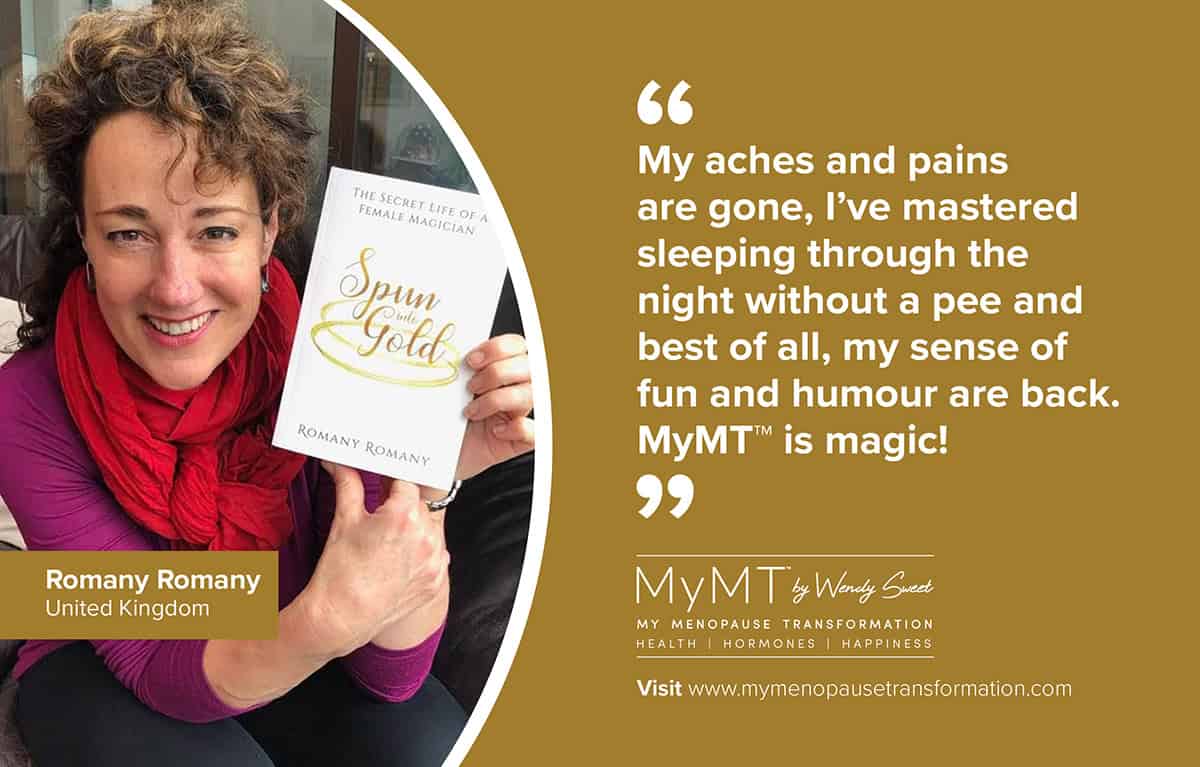I bought his book just last week. Journalist James Nestor’s new book, Breath: The New Science of a Lost Art, has hit the New York Times best-seller list. Since reading it, I’m reminded that possibly for decades, my breathing hasn’t been the greatest … so, what about you? Is your breathing something you even consider in your struggles with your menoapuse symptoms and/or your stress from all that’s going on in the world?
If you’ve been following my blogs for a while (thank you), then you’ve probably read about how important breathing is, in previous posts. During last years lockdown here in New Zealand, I told you about how our lungs change as we move through menopause and yes, we get a bit short of breath at times. But what has been less evident until now, is the effect that better breathing has on our blood pressure as we move through menopause and into post-menopause.
As we transition through menopause, we are ageing. When I began to understand that the physiological changes that occur throughout our body as part of our menopause transition, send us towards our biological ageing, then it was important to look at what happens to our lungs as we lose oestrogen. Ageing produces changes in our lungs and airways and this starts in mid-life. Both the airways and blood vessels become stiffer and the air sacs lose their elasticity, making it more difficult for gases to move into the bloodstream.
As such, it is easier for us to accumulate inflammation in our tiny little airways that sit inside our lungs. These are known as the aveoli. “Your lung function declines with age, like other parts of your body,” says Dr. Aaron Waxman, director of the Pulmonary Vascular Disease Program at Harvard-affiliated Brigham and Women’s Hospital.
“Your lungs finish development by age 25, and their function remains stable for about 10 years. After that, they begin to gradually decline. By age 65, you’ve typically lost up to a litre of lung capacity compared with when you were younger.“
Good to know. And it’s why I was interested in the research that arrived recently out of Boulder University in Colorado, about an interesting strategy to improve our lung function and reduce our blood pressure as we age.

Hypertension (high blood pressure) resulting from vascular stiffness is a well known condition in women transitioning menopause. So too is inflammation, which is often the cause of us overheating and experiencing night sweats and hot flushes. I’ve written extensively on this HERE.
Which is why I was interested in the new research out of Colorado at the University of Boulder. There’s been new study results published about a type of breathing that increases the resistance of the lungs and intercostal muscles (the tiny muscles between each of your ribs).
The researchers undertook the first trial in healthy midlife and older adults to show that high‐resistance inspiratory muscle strength training lowers blood pressure and improves endothelial (the lining of blood vessels) function. Quite a few of the subjects were women – something I am always looking out for – afterall, we have to deal with the effect of declining oestrogen on our lung function, men don’t.
The type of exercises the research subjects undertook were with a small breathing device. This provided resistance when breathing in and out of it. They called this ‘inspiratory muscle strength training‘ and I was interested in the results. Simply because the results suggested that blood pressure and vascular stiffness (arterial stiffness) could be reduced with the type of forced breathing that the device provided. Here is the video about their study.
“Our bodies were designed to breathe through our noses” mentions Nestor in his book. And yes, it’s becoming more apparent that nasal breathing matters to our health as we age. It’s also why I’m always focusing you on your sleep and not necessarily all that exercise you might be doing to keep your menopause weight under control.
Sleep is the most important symptom to get on top of as we move through menopause. Sleep not only heals our brain, muscles and gut, but when we sleep, our body naturally alternates between breathing through the left and right nostrils, and through this process, regulates all of our body’s functions.
Nasal breathing is associated with more relaxed breathing and also helps to reduce anxiety as well as lowering our blood pressure. With stressful, busy lives always on the go, this is also good for your menopause brain fog, anxiety and hot flushes.

The Physiological Effects of Slow Breathing on your Anxiety and Cardiovascular System as you Age
If you don’t have one of the breathing devices that the study participants used, then perhaps you can try some nasal breathing for at least 5 minutes. This appears to be the ‘magic number’ for both blood pressure and arterial stiffness reduction. But there’s more too … you need to slow down your rate of breathing to around 6-10 breaths per minute.
The rate of breathing that has a beneficial effect on the lowering of heart rate, blood pressure and stomach vagal tone, appears to be in the band of 6-10 breaths per minute, with an increased tidal volume (inspiratory and expiratory capacity) achieved by activating your diaphragm. Many of you know this as diaphragmatic breathing and I talk about this a lot in my programmes as well as nasal breathing, which is considered an important component of optimised respiration for health. [Russo, Santerelli & O’Rourke, 2017].
The biomechanics of lung ventilation are carefully co-ordinated with blood oxygen, carbon dioxide and pH homeostasis (balance) and the slower we breathe, the better. In fact, 6-10 breaths per minute has the most effect on slowing your heart rate and lowering your blood pressure. Slower breathing allows your heart rate to decrease as well as your blood pressure. This is important if your stress levels are high at work or at home, especially in light of all the changes you’ve had to cope with over the past year or so.

If you are feeling anxious, whether at work or not, then please take note of the strategy of slow breathing, including alternate nostril breathing. It’s been a busy, anxious year for many of you, and if you understand that your menopause transition is also a time whereby your lungs and nerves are changing, then you can use this strategy to feel calmer. Many of you both here in New Zealand and in other parts of the world, are still moving in and out of lockdowns. I know that when uncertainty and stress are a daily occurence, it’s tough on our symptoms in menopause, so when you can, take a moment to slow-breathe – about 5 minutes is right.
If you feel busy, time-poor, over-whelmed, over-weight and you experience, depression, anxiety, dizziness or cardiac palpitations (yes please, get these checked out with your Doctor), then can I motivate you to focus on controlled slow breathing at a rate of 6-10 breaths per minute?
When it comes to putting in place lifestyle solutions for your menopause symptoms, I want you to re-learn how to breathe. I hope you can join me on either of my programmes when you are ready.

References:
Harvard Health Publishing (2018). Breathing life into your lungs. Online Version.https://www.health.harvard.edu/lung-health-and-disease/breathing-life-into-your-lungs.
Nestor, J. (2020). Breath : The New Science of a Lost Art. Penguin Putnam Inc: USA
Romieu, I. (2005). Nutrition and Lung Health. Int. J. of Tuberc Lung Dis. 9(4), 362–374.
Russo, M., Santarelli, D. & O’Rourke, D. (2017). The physiological effects of slow breathing in the healthy human. Breathe, 13, 298-309.
Craighead, D., Heinbockel, T., Freeberg, K. et al (2021). Time‐efficient inspiratory muscle strength training lowers blood pressure and improves endothelial function, NO bioavailability, and oxidative stress in midlife/older adults with above‐normal Blood Pressure. Journal of the American Heart Association, 10(13), https://doi.org/10.1161/JAHA.121.020980



